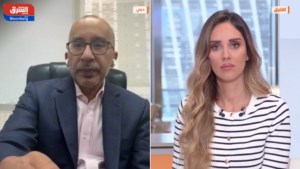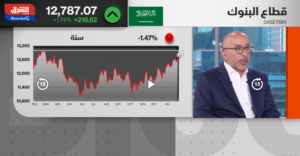In UAE, investors need to think of inflation hedging ways
Chasing the mid space in real estate and capital market investments seem right thing to do
The inflation rollercoaster is back, along with volatility in global asset markets. As interest rates march higher, peoples’ ability to repay loans comes under question, and budgets that are already squeezed lead to concerns about default risks increasing. Much of recent global commentary focused on this issue, as after an extended period the ‘free money’ and zero interest rate landscape draws to a close.
How do investors and consumers in the UAE react to this rapidly changing dynamic? Economic commentary tends to veer to one of two extremes: either we are headed to a paradise, replete with unending prosperity fueled by technology and entrepreneurial skills. Or we are headed for doldrums, in the form of some calamitous collapse bought on by foolish speculation.
Sensationalism sells, but it rarely tends to be realistic. UAE’s national culture and its age demographic, with its increasing emphasis on individual opportunity, combined with a robust business system has put prosperity on a solid footing. This, however, does not imply there are no reasons to be concerned. Given the rapid increase in interest rates, returns on real estate – as well as in capital markets – have fallen, in some cases to below what the repayment schedule is.
Rents pinch
This phenomenon, known as negative leverage in the industry, partly explains why there has been a surge in rents, as landlords scramble to evict existing tenants by locking in their profits. This implies, for future buyers, the bet is for rental rates to keep rising at rates faster than inflation, which is a tenuous bet given the fact that household budgets are already pinched. In the case of the super-prime real estate segment, which tends to be less affected by rental concerns, there has already been a modest reduction in values, a trend likely to continue given the speed with which it rose.
For the apartment sector, which hasn’t seen a corresponding increase as yet, the path dependence of future prices will largely depend on replacement value. In a rising inflation rate scenario, the replacement value increases as well, as prices of raw materials rise for new builds. This indicates that the price trajectory will remain inclined upwards, albeit moderately.
Safety over risk approach
The same implies for capital markets, as investors increasingly seek cashflow returns as part of a ‘return to first principles’ approach. Weaning out speculative excesses is often painful, but this course correction makes for sensible investing to become more attractive. Capital markets are already offering new listings with attractive dividend yields, whilst real estate at the mid- to lower end of the spectrum allows for similar annuity returns. The key discipline is patience, as inflation is likely to cause further volatility.
Over the last two decades, the phenomena of zero interest rates have rendered value-based investing largely obsolete, both in terms of discourse as well as the results provided. The high priests of finance and real estate analysts have tended to dismiss value-based investing as ‘anomalous’. Investors would do well to remember that allocating capital is largely akin to running businesses, and this business driven approach lifts the fog of decision-making and narrows it down to a handful of variables.
Cash loses its influence
The spectre of global inflation has generated commentary that it is pointless to even invest, given the exogenous geopolitical and economic forces that have conspired to create a global storm. But, as history shows, that is the wrong lesson to arrive at. Cash as an asset class is eroded the most by inflationary forces, and hence the imperative to invest is higher.
This claim, however, comes with a caveat: Business driven investing is about generating profits on a consistent and steady basis. And assets that manage to do that survive the vagaries of the business cycle. In the capital markets, the slew of offerings have set the stage for such investments to be carefully allocated to.
In the real estate spectrum, the mid-end of the market tends to dominate real returns. In both cases, the underlying driving force is the economic return that is arrived at through compounding rates of growth. Equally critical is a crystal understanding of the difference between investment and speculation.
This is not easy: but as the UAE has repeatedly demonstrated, the greatest investors began with the courage of making bold decisions in the face of uncertainty. In that sense, the current inflationary environment is a clarion call.





